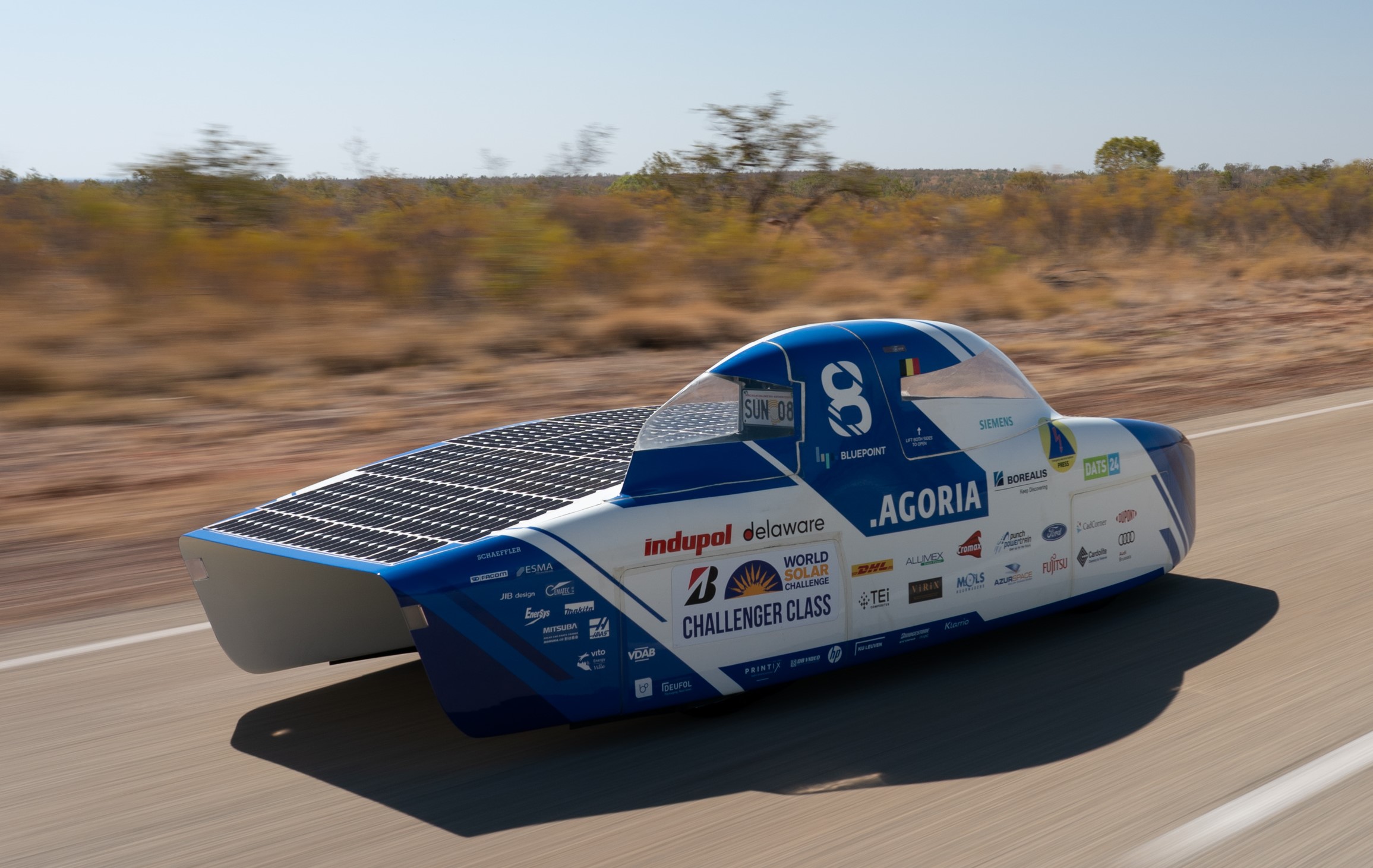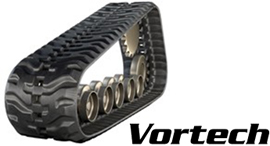Bridgestone continues to grow its portfolio of mobility solutions, including fleet management solutions, that leverage mobility and tire data from approximately 1.2 million contracted vehicles. This data is connected mainly through Webfleet Solutions in Europe and Azuga in North America. It is used to drive business insights and create new value for fleet customers. In 2022, Webfleet Solutions entered into a partnership with the German startup Chargylize to support fleets in their transition to EVs. Through its use of vehicle data analysis for proposals of the EV models best suited to customers, and its support for optimal operations in areas such as electric fleet management and EV charging solutions, Bridgestone will strive to support a carbon neutral mobility society from the ground up.
Webfleet Solutions contributes to CO2 reduction through proposals for optimal operating routes for mobility. It enhanced its CO2 reporting tool in 2024 to provide more comprehensive and actionable insights. Certified by TÜV Rheinland, this tool now allows fleets to report on both direct (Scope 1) and indirect (Scope 2) emissions using distance- and fuel-based calculations. This enables all Webfleet customers to consistently track emissions, regardless of vehicle type. The tool offers real-time and historical data, helping fleets comply with the EU's new Corporate Sustainability Reporting Directive (CSRD). It separates direct emissions from internal combustion vehicles and indirect emissions from electricity consumed by electric vehicles, automatically calculating carbon dioxide equivalents (CO2-eq) in line with Greenhouse Gas (GHG) protocol guidelines.
In its tire-centric solutions business for trucks and buses, Bridgestone is taking on the challenge of establishing a circular business model. This model maximizes tire value by fully using each tire until the end of its life through an integrated approach combining Dan-Totsu products and retreads. The first element is to expand Bridgestone’s lineup of products equipped with ENLITEN, which pursues "ultimate customization." Based on these competitive new tires offering enhanced durability and wear resistance, Bridgestone will increase the number of retreads for each tire, thus contributing to improved resource productivity and reduced CO2 emissions.
In addition, Tirematics is a digital tool for monitoring tire pressure and temperature. The rollout of this service started in Europe in 2012, and it is now offered globally with enhanced service content. Tirematics contributes to safe driving and stable vehicle operation as well as to the reduction of environmental impact, including reducing CO2 emissions during vehicle operations by preventing deterioration in fuel efficiency due to low tire air pressure.
In 2024, the contribution to CO2 emissions reduction by mobility solutions was equivalent to approximately 390,000 tons.



